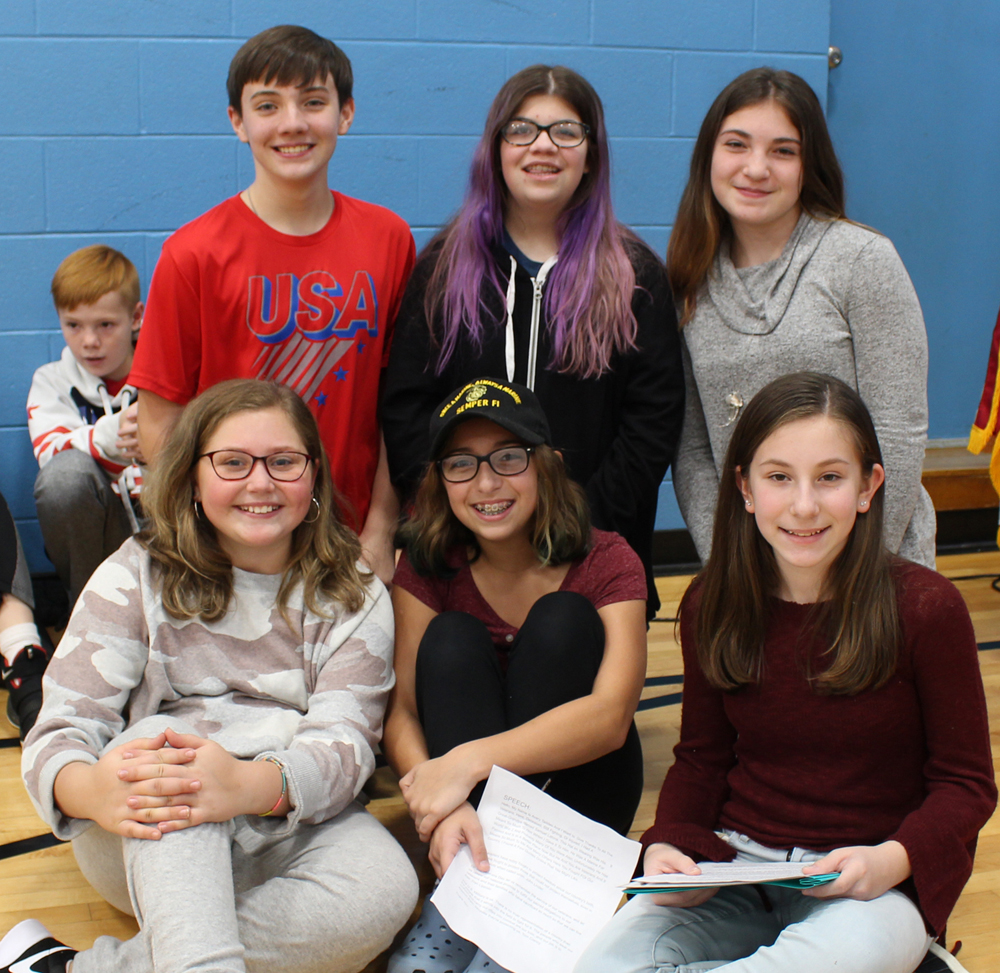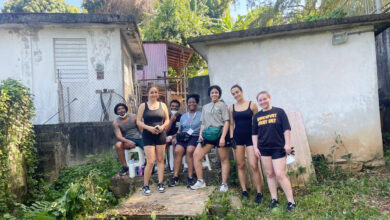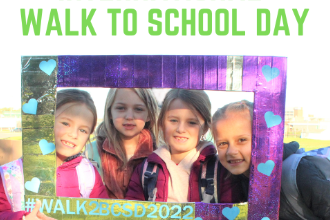Crafting classroom lessons with an anti-racist lens

As the United States continues to experience an increase in social-justice movements and demonstrations across the country, local school leaders have recognized the necessity to engage students in rich learning experiences about Rochester’s history with issues of equity and social justice.
The development of new anti-racist instruction is currently underway at the Center for Urban Education Success (CUES) at the University of Rochester’s Warner School of Education, in conjunction with school districts and community partners, and will be implemented in Monroe County classrooms as early as this spring, beginning with grades 8, 11, and 12 and aligning with the U.S. history curricula and New York State standards. The team of university educators, Monroe County teachers and administrators, and Monroe One BOCES and Monroe 2-Orleans BOCES personnel, is building the instruction to explore Rochester’s troubled history with race relations, using the context of the 1964 uprising to current day.
This robust anti-racist instruction will be new to school districts across Monroe County. Following the death of George Floyd in Minneapolis in May, Shaun Nelms, associate professor and Director of CUES at the Warner School and superintendent of East High School, challenged all Monroe County superintendents to use common instruction that would cover the civil unrest, segregation, and racism of Rochester from the 1960s to present day. The Monroe County Council of Superintendents welcomed and accepted the challenge.
“With the support of school superintendents, these efforts will ensure that every child in Monroe County, regardless of which public school they attend, will have access to rich learning experiences about race-based disparities in education, health care, housing, employment, and economic status from a Rochester lens, but also make sure students understand racism from a historical context,” says Nelms. “It’s extremely important that we prepare kids to leave high school being able to have critical discussions about issues of equity and social justice without leading them in either direction. By giving them the tools and resources to be able to have balance and perspective on the values of all Americans, I believe that this anti-racist work will be one of the biggest impacts that CUES will have locally.”
In Monroe County, the city and suburbs are segregated by race and class – and its school district borders mirror and entrench these great divides. According to a 2020 EdBuild report, Rochester has the most economically segregated school district border in the nation, walling off the high-poverty education system from its affluent suburbs that surround the city. Rochester’s deep history of extreme segregation spans two centuries.
“The new instruction designed for all county schools will provide an opportunity for educators to talk with students about local history, why it exists, and how we can become a better community by understanding the past,” says East Lower School Principal Tanya Wilson, who is helping to lead this county-wide effort alongside Nelms. “This work aims to prepare students with a social justice lens, and ultimately groom a cadre of social activists and advocates in our community. I am truly inspired by the commitment of Monroe County schools as we continue to learn from one another and work together to create equitable schools.”
The team of educators will work together to implement culturally-responsive sustaining practices, which are grounded in Gloria Ladson-Billings’ early work on Culturally Relevant & Responsive Pedagogy (CRRP), to help lead and steer the county-wide initiative. It is a framework that recognizes the importance of leveraging students’ cultural references and experiences that are traditionally excluded from mainstream settings in all aspects of learning. It rests on three fundamental goals: teaching must yield academic success; teaching must help develop and sustain positive cultural identities; teaching must support students’ ability to recognize, understand, and critique inequities.
With the new county-wide initiative, all area teachers will have access to lessons focused on the historical and contemporary conditions of inequity. This equity-based, culturally-responsive work will help area students – both city and suburban – understand more about Rochester and its deep, long-standing history of segregation and disparity.
Warner School alumnus Quinton Mitchell, a seventh-grade social studies teacher at East, is one of the educators involved in the new county-wide initiative, which includes a mix of teachers and administrators from across Monroe County. This past summer, Monroe County school administrators convened for professional learning in preparation for the rollout of the new instruction in the spring. Similarly, opportunities continue to be offered to area teachers throughout the school year. After laying this groundwork for the anti-racist instruction, the team will begin fleshing out ideas around the impact of geography on race, wealth, education, housing, and health care, etc. and finally create assessments to measure students’ understanding.
“I think that the events of the past year may have pushed people to want to learn more about things they did not know, or maybe things they had a glimpse of in the past,” Mitchell says. “The time is right with everything taking place – I mean it’s not new, but the hope is that offering this to all Monroe County schools will help to improve outcomes for all, start the conversation, and to just take action.”
He adds that it will take a shared commitment to make this successful and sustainable across Monroe County.
“It’s going to take dedication and a desire – outside the people on this project – to introduce this to all schools across the county,” Mitchell adds. “We will just have to stay the course when things get tough, because otherwise, why else do it? We need to talk about why there is so much disparity in Rochester.”
Provided information






